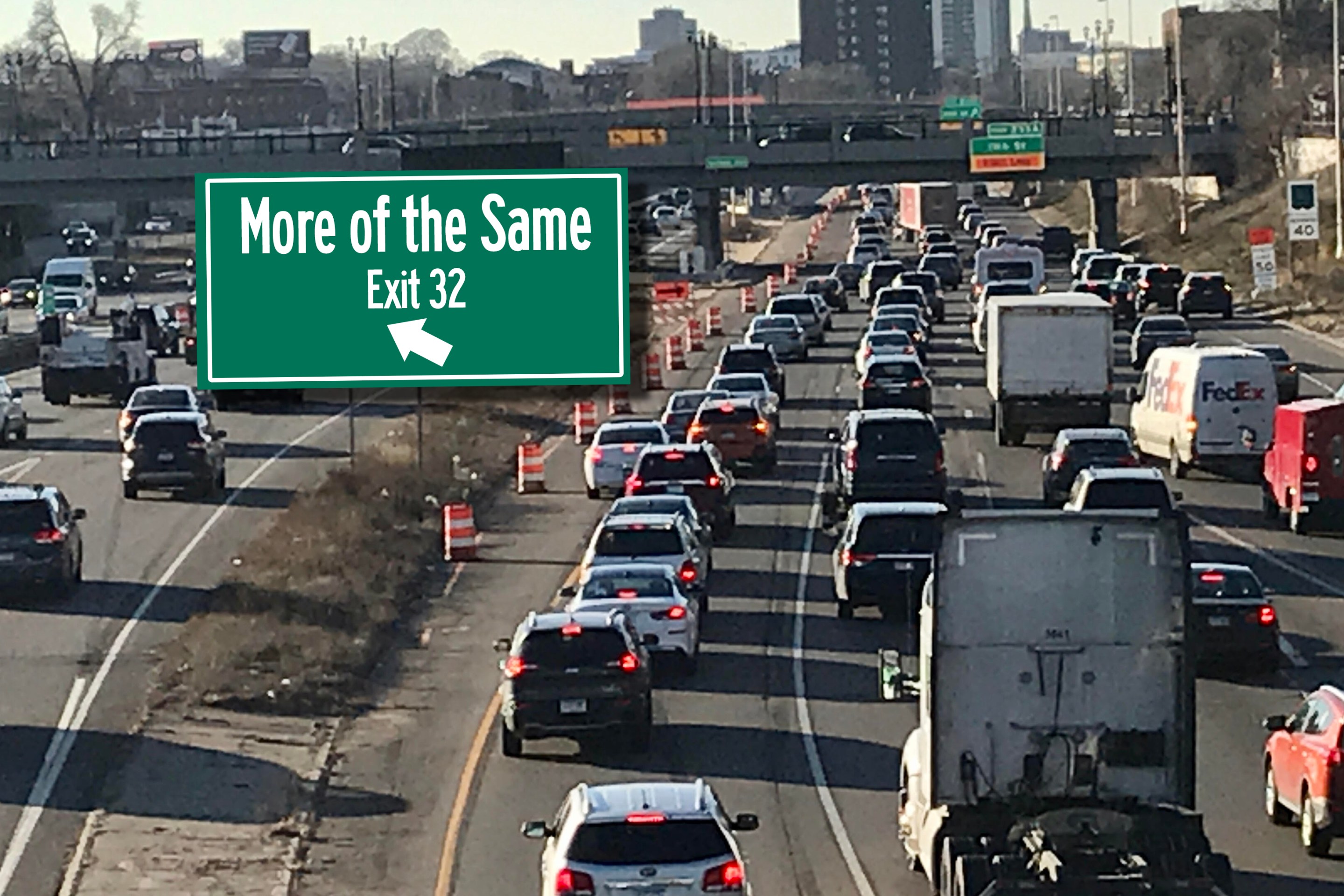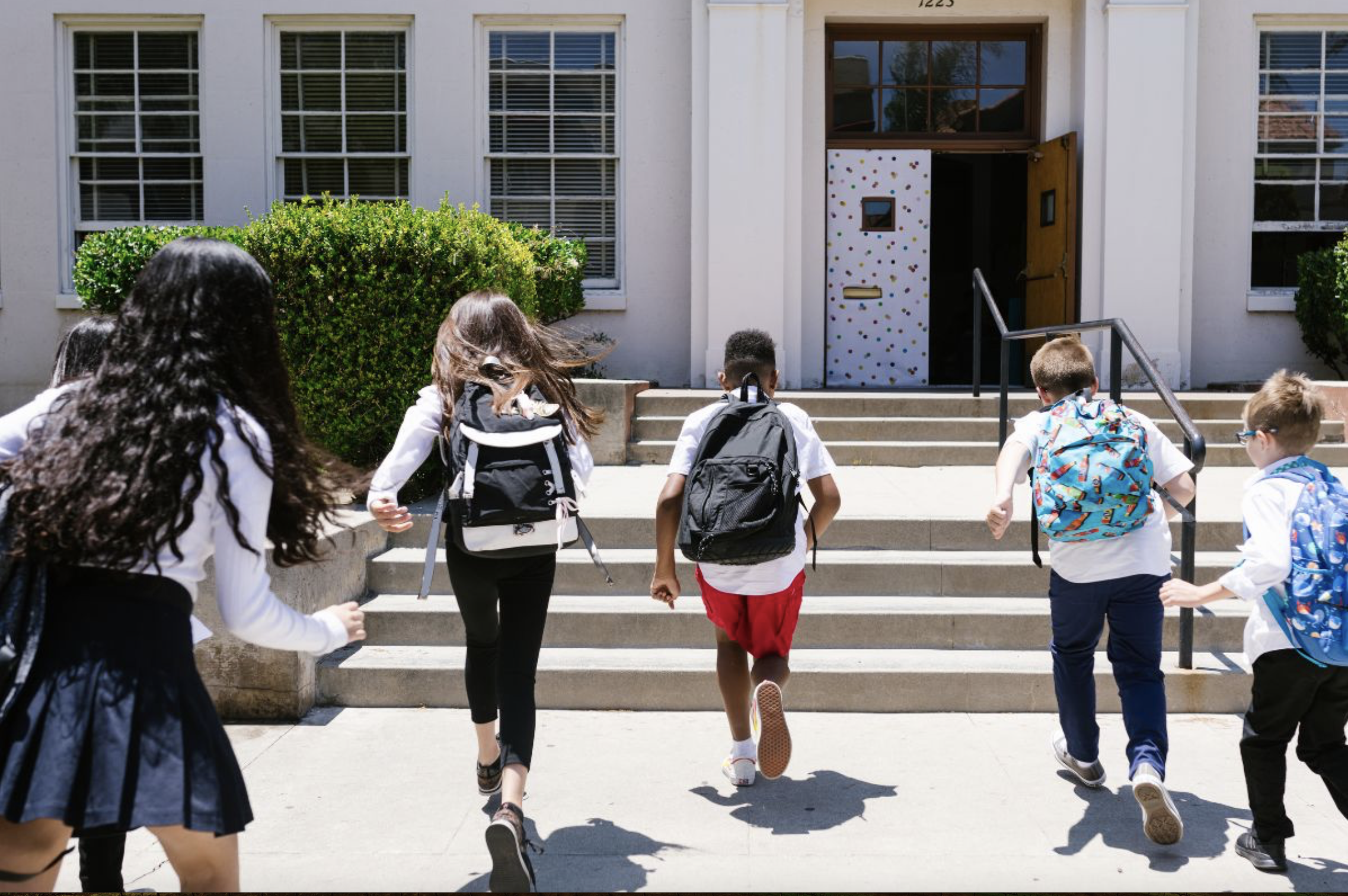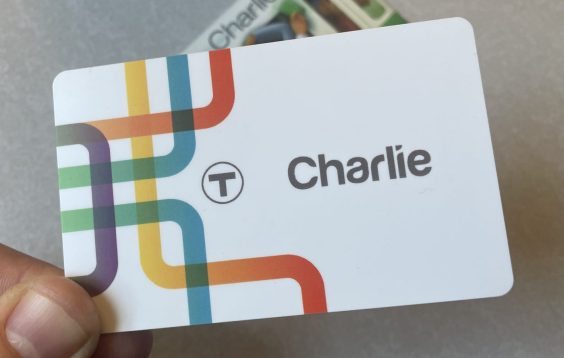Darren Flusche is the policy director of the League of American Bicyclists.
Should the performance of this road...

...be measured like this one?

Under the new federal transportation bill, known as MAP-21, the performance of these two roads could be measured the same way -- even though one is a bustling business district, and the other is an interstate highway. (Example provided by Transportation for America.)
MAP-21 expands the scope of the National Highway System by 60,000 lane-miles; now it will include many streets, called "primary arterials," that don’t feel like highways at all. At the same time, the law directs U.S. DOT to set up performance measures for the $22 billion National Highway Performance Program -- the largest transportation program under the new law -- that will ultimately reward and penalize states for reaching or failing to meet these targets.
So, unless the performance measures are set appropriately, state DOTs will treat many streets that cut through neighborhoods essentially the same way they treat interstate highways: prioritizing speed over other factors. (Jonathan Maus at BikePortland has investigated what this could mean for his city, where he says local transportation leaders will have "much less leeway and independence to do innovative designs and to make changes to the streetscape without a potentially onerous process of seeking federal approval.")
Which streets will that affect in your state? You can find the primary arterial routes that will be added to the NHS on the Federal Highway Administration's website.
Fortunately, the U.S. DOT appears to recognize the challenge before it. In September, the DOT solicited input through an online dialogue, where the public contributed and voted on ideas for these performance measures.
The number one ranked idea for Highway System Performance: "Performance measures should be defined and measured in ways that reflect all of the benefits of an integrated, comprehensive system based on the movement of people, not vehicles.” One of the most popular ideas for Congestion Mitigation: “Performance measures should emphasize spatial and temporal dimensions of congestion” (translation: the measure should consider trip time, as well as distance traveled). Both suggestions would encourage communities to build infrastructure that helps people get where they are going rather than travel the greatest possible distance at the highest possible speeds.
In fact, the DOT received so much feedback that it hosted a listening session late last month. During the session, officials acknowledged the need to address issues like “vehicle vs. passenger movement," and there was considerable discussion about how to measure people on foot and on bicycle.
In the League's recommendations to DOT, we identified Regional Household Travel Surveys, infrared bike and pedestrian counters, and traditional bike/ped counts as possible tools, and passed along some of the ongoing research into bicycling and walking measurement. We also pointed to states like Massachusetts, which is setting goals to increase the share of trips made via transit, biking, and walking as part of its transportation performance measures.
It is good that this dialogue is taking place, but we'll be watching carefully to see what comes out these discussions. Whatever gets put into place now will likely influence transportation decision-making for years to come, so it's critically important to keep the focus on moving people, not vehicles.
To learn more about what bicycling and walking advocates are doing to get the most out of the new transportation bill, you can visit the League's "Navigating MAP-21" resources. And please join us for our webinar on the recently-released interim guidance on the Transportation Alternatives program tomorrow.





